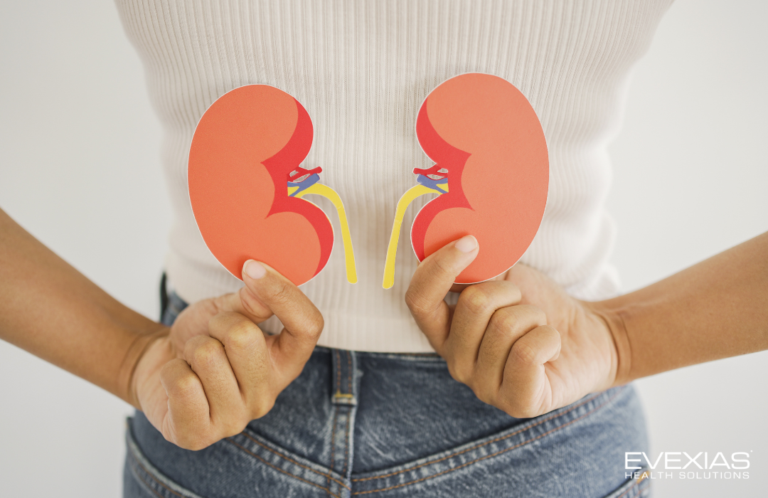How is estrogen linked to neurodegenErative disease?
by Terri DeNeui, DNP, APRN, ACNP-BC
Understanding the role of estradiol, a form of estrogen, in neurodegenerative and neurovascular diseases is crucial, especially in the context of menopausal hormone therapy (MHT). This article delves into the protective effects of 17 beta estradiol on the neurological and neurovascular systems, debunking the myth of its association with increased stroke risk, especially when used in non-oral forms. It highlights the historical backdrop of the Women’s Health Initiative (WHI), which aimed to assess the benefits and risks of MHT but ended up contributing to widespread misconceptions about estrogen’s effects.
Estradiol is not just a hormone involved in reproductive health; it plays a pivotal role in various physiological processes across the body, including the brain. The cessation of 17 beta estradiol production during menopause can significantly impact women’s health, leading to an increased risk of diseases such as Alzheimer’s and cardiovascular issues. Interestingly, the method of estrogen delivery (oral versus non-oral) significantly affects its benefits and risks. Non-oral estradiol, for instance, does not carry the same risk for clotting and stroke as oral formulations, challenging the one-size-fits-all approach to hormone therapy.
The article also sheds light on estrogen’s potential in treating ischemic stroke and preventing dementia, underlining estrogen’s immunomodulatory and anti-inflammatory capabilities. By activating various neuroprotective pathways, estrogen can not only prevent damage but also aid in the recovery process post-stroke. Moreover, estrogen therapy in postmenopausal women has shown promising results in delaying the onset of neurodegenerative conditions and improving cognitive function.
However, the choice of hormone therapy—its composition and delivery method—matters significantly. The discussion emphasizes the differences between synthetic estrogens and bioidentical 17 beta estradiol, with the latter offering more neuroprotection and lower risks of adverse effects. The stark contrast in outcomes between using synthetic progestins versus bioidentical progesterone alongside estrogen therapy is highlighted, pointing to the importance of personalized treatment plans.
In summary, estradiol plays a critical role in maintaining neurovascular health and preventing neurodegenerative diseases. The article advocates for a nuanced understanding of MHT, encouraging healthcare providers to consider individual risks and benefits when advising postmenopausal women. It calls for an end to the blanket stigmatization of estrogen therapy, promoting a more informed and individualized approach to hormone replacement therapy.








